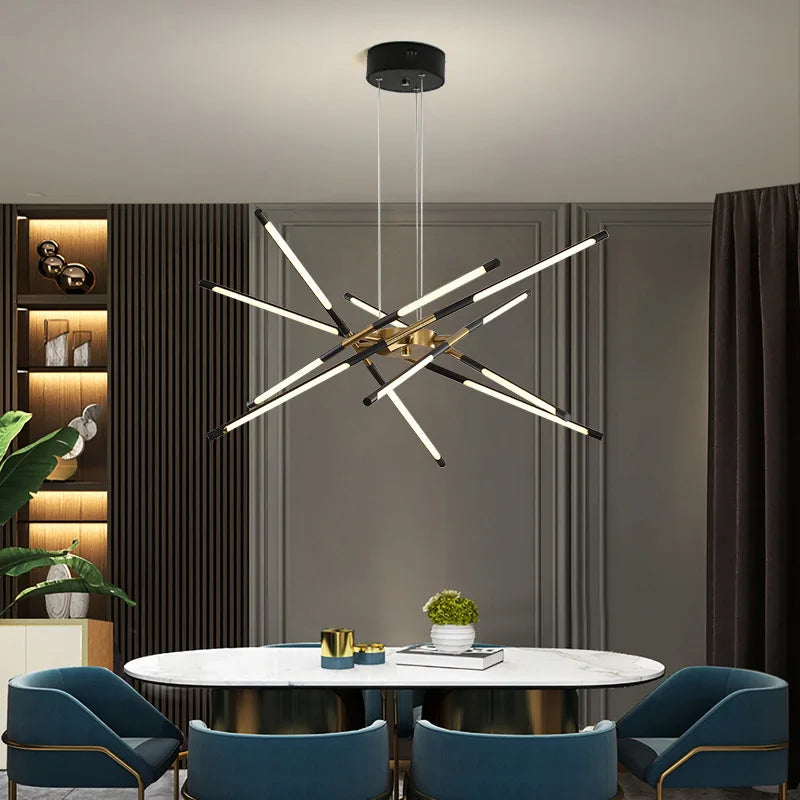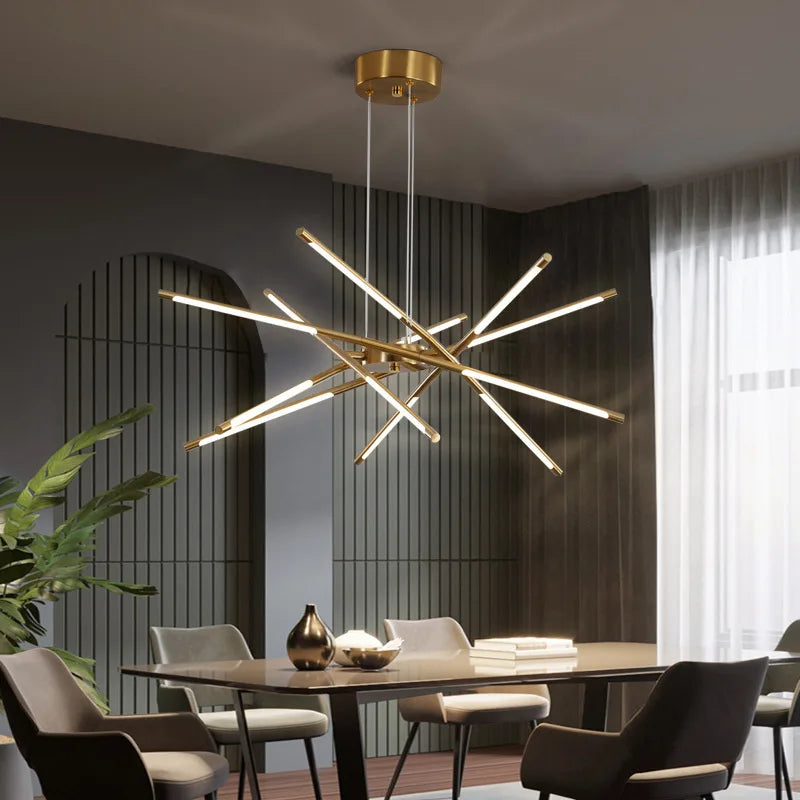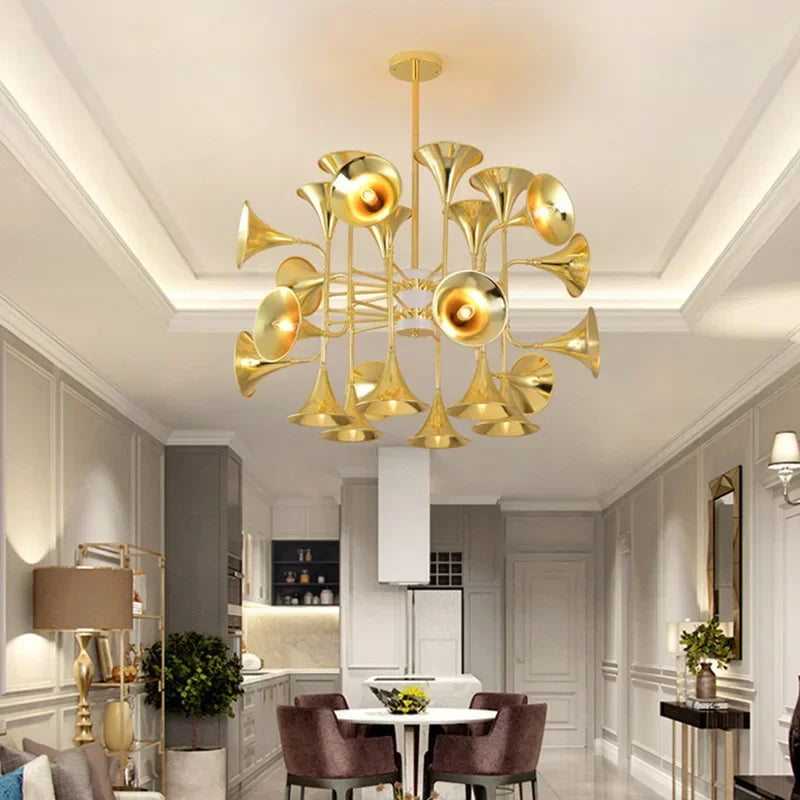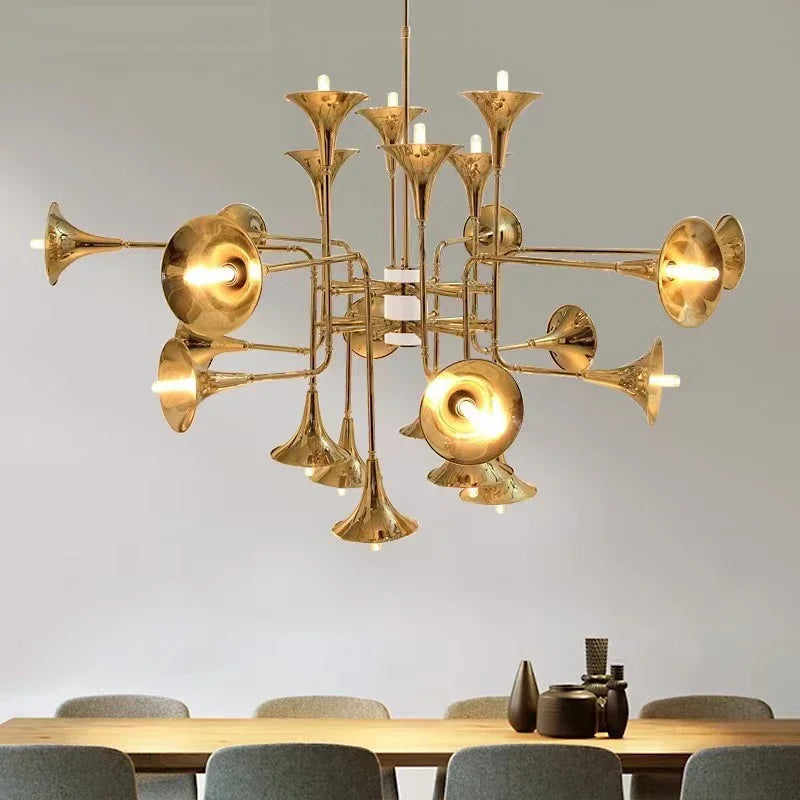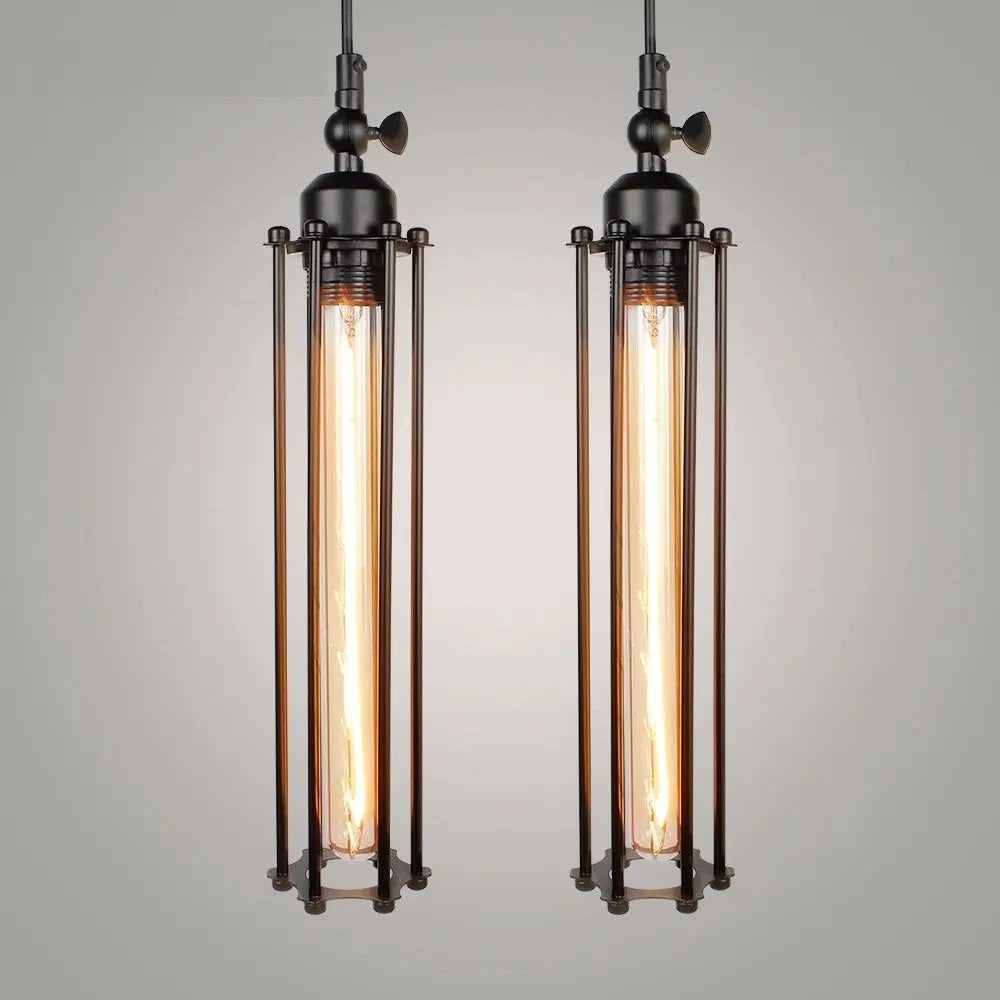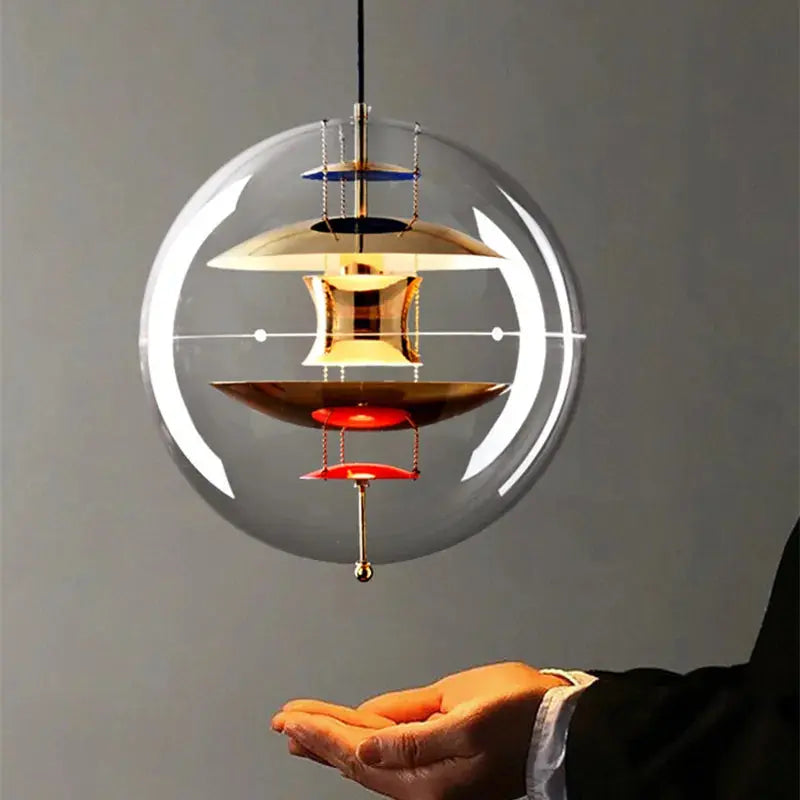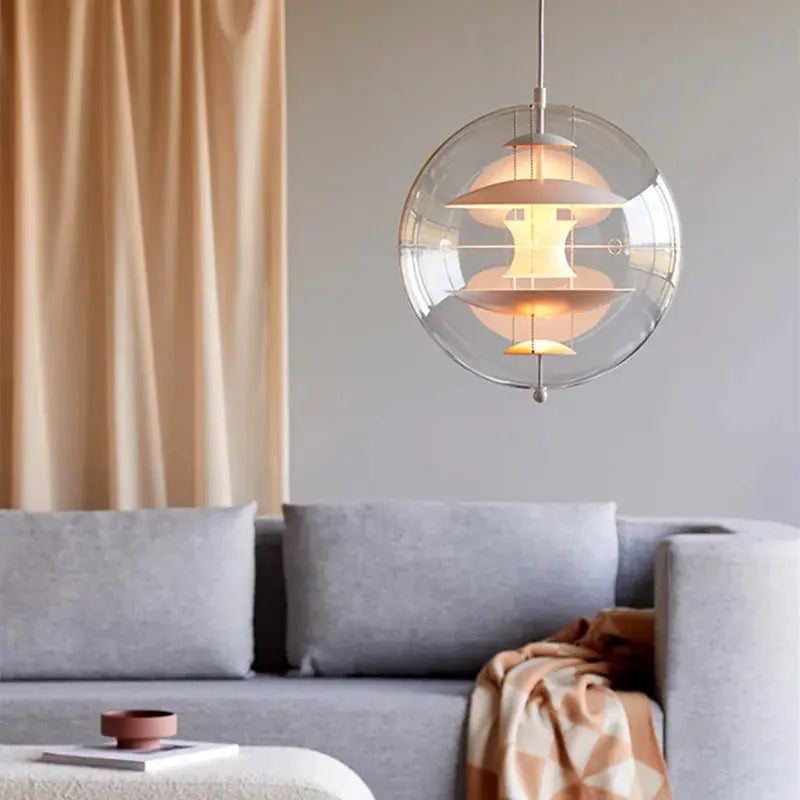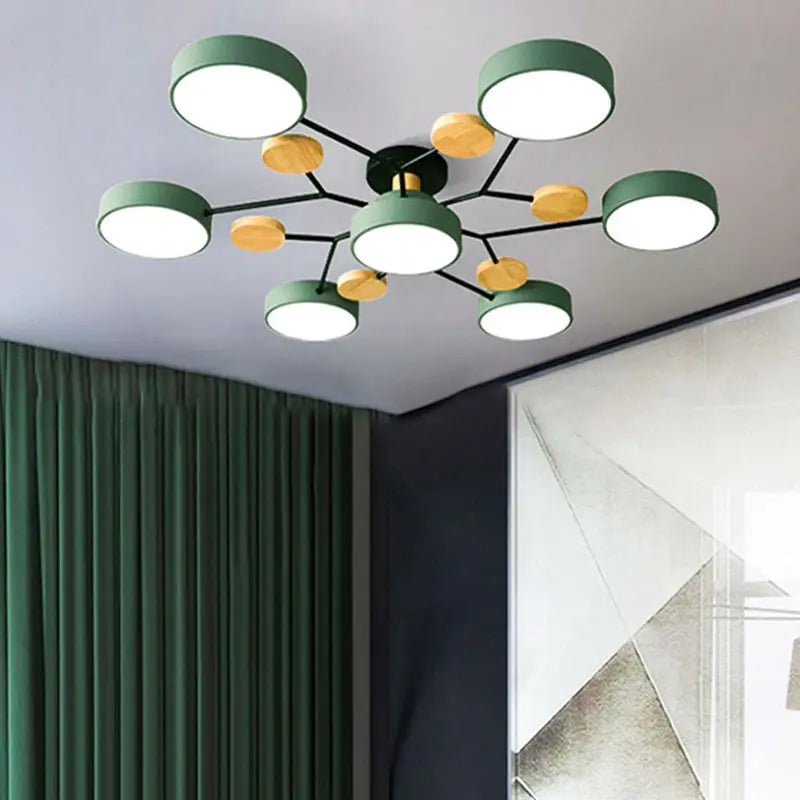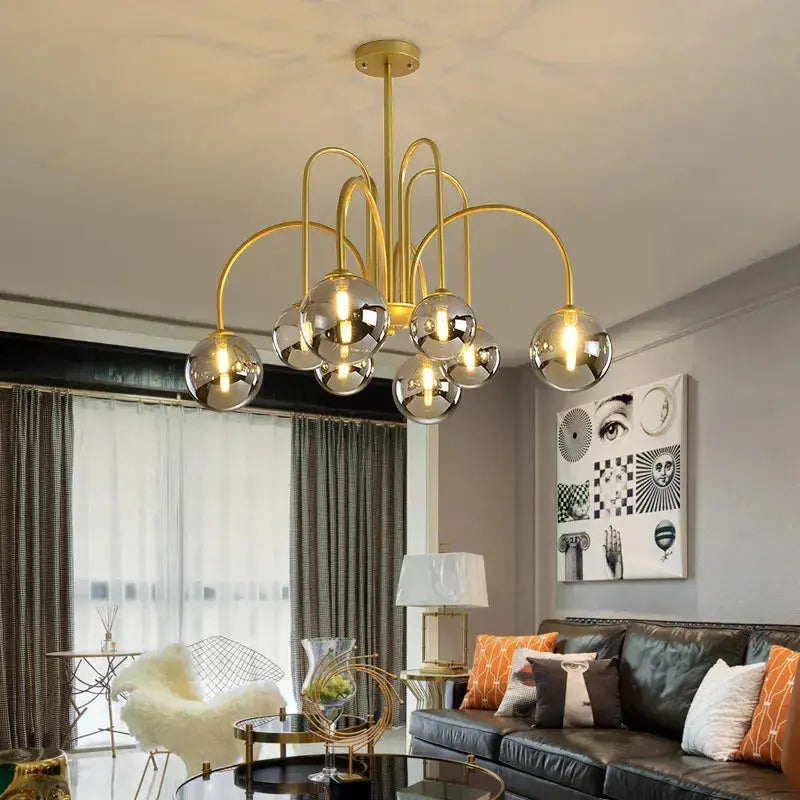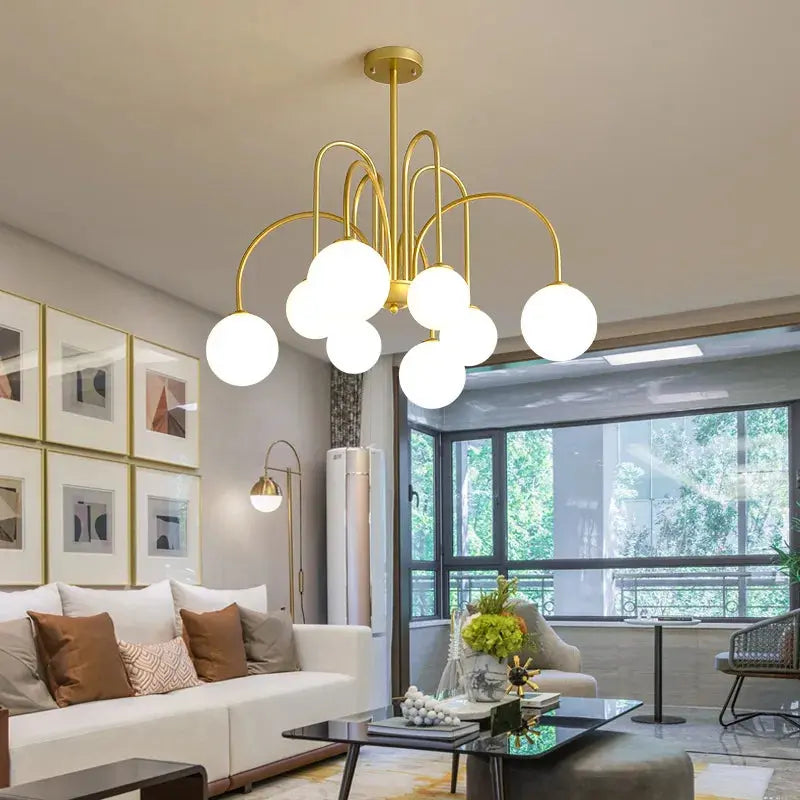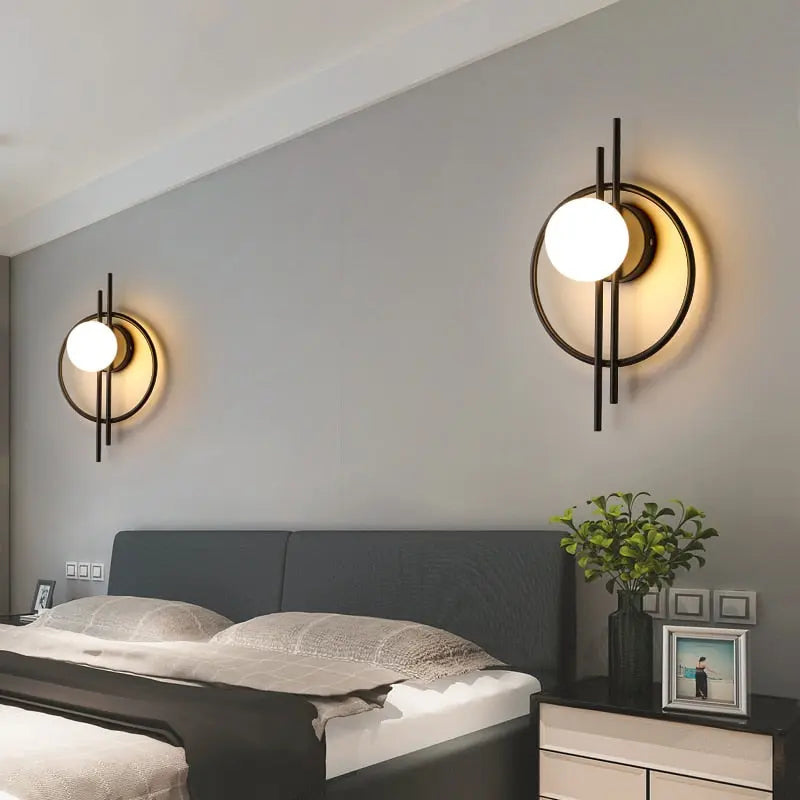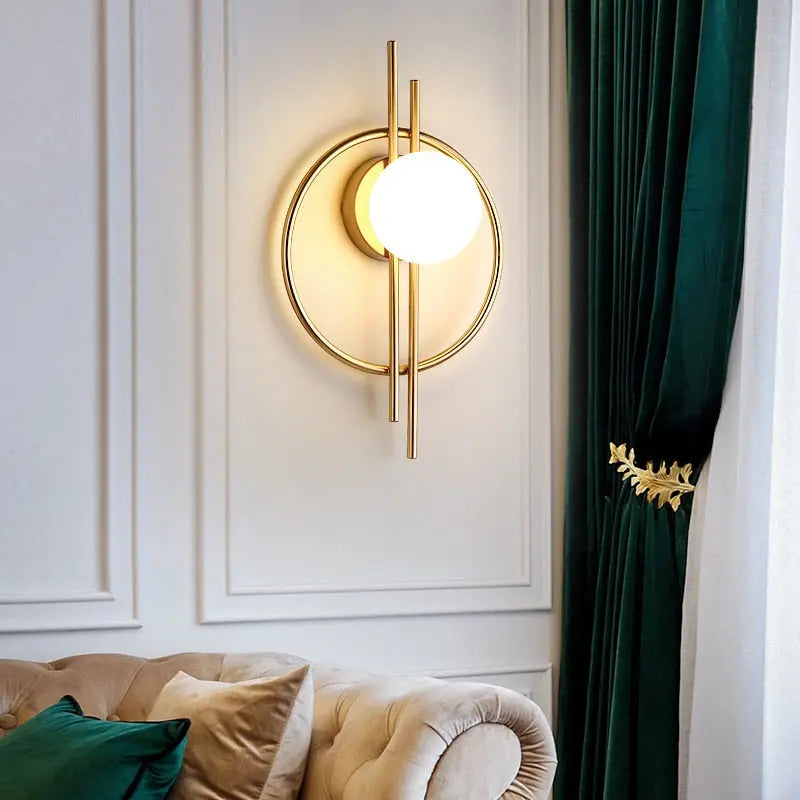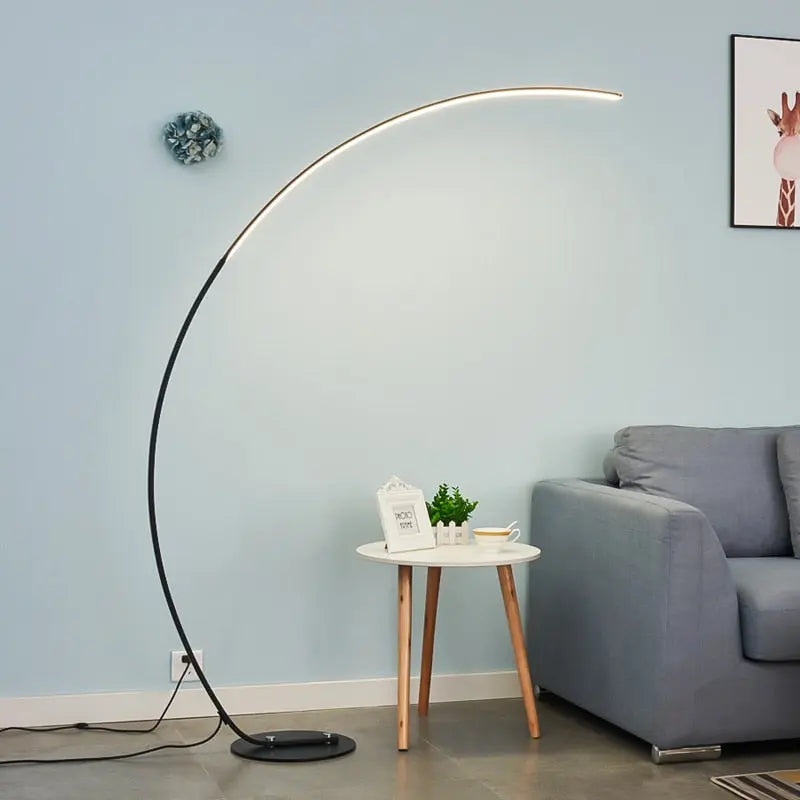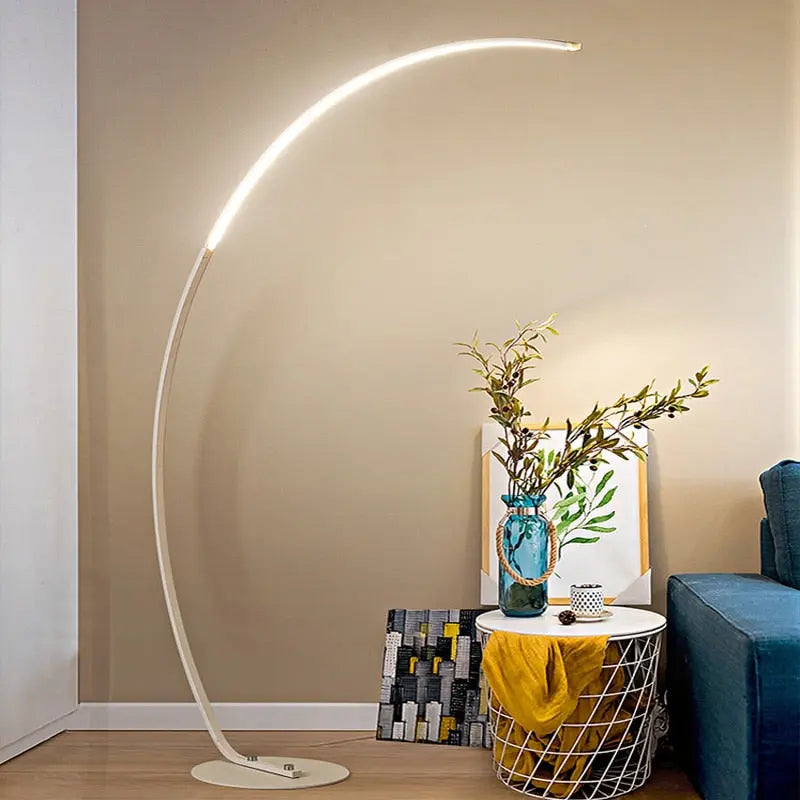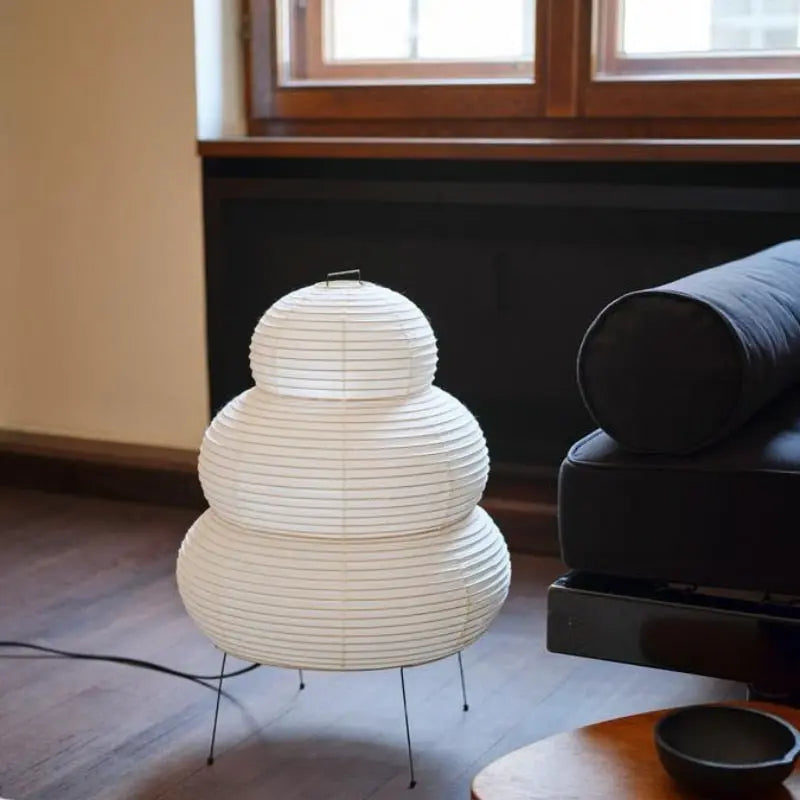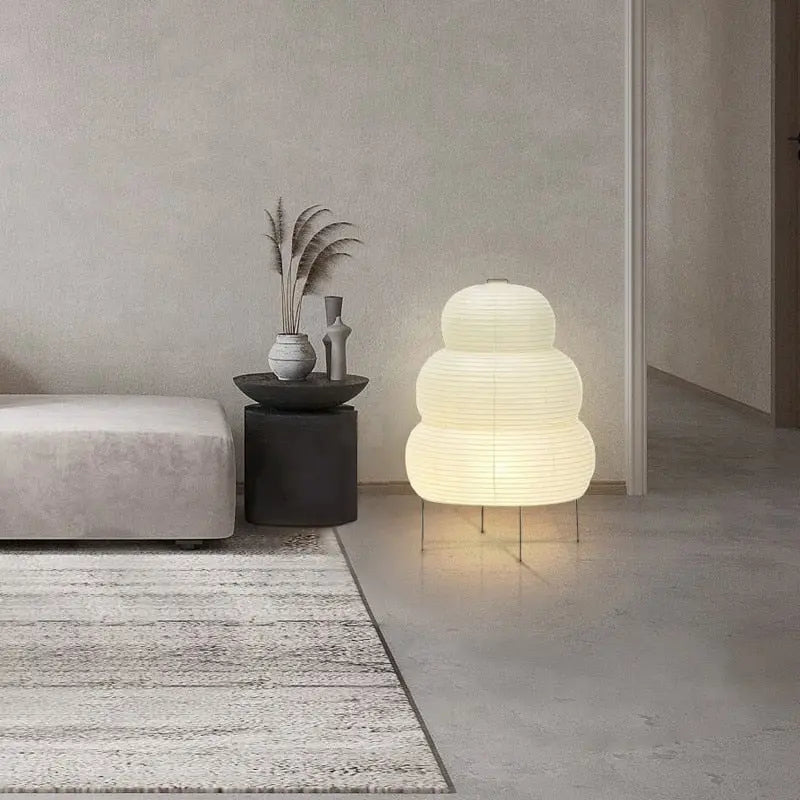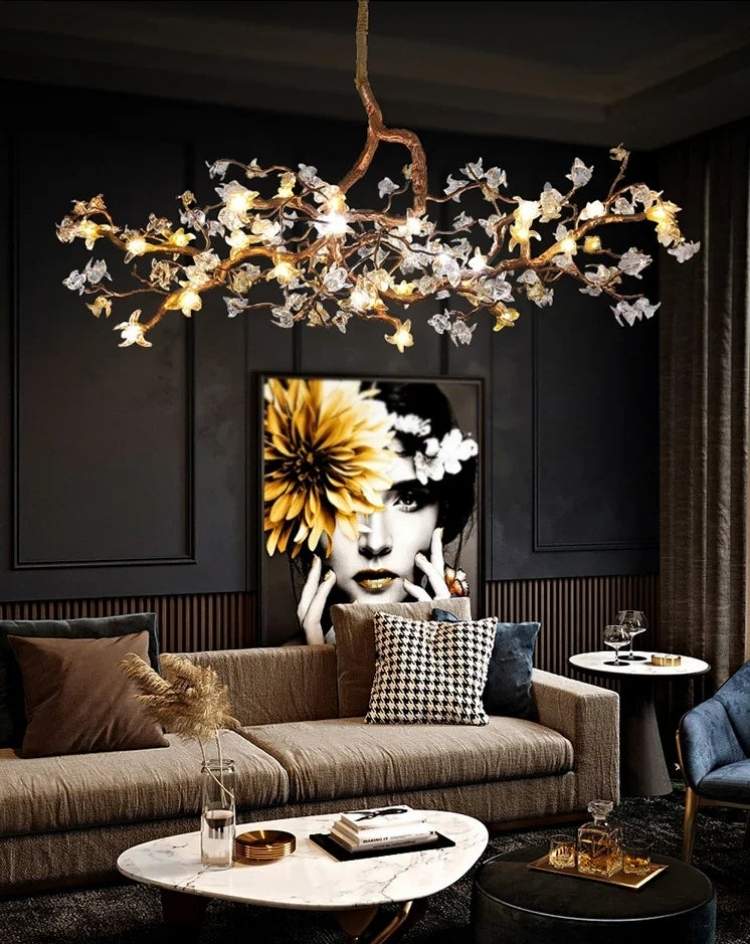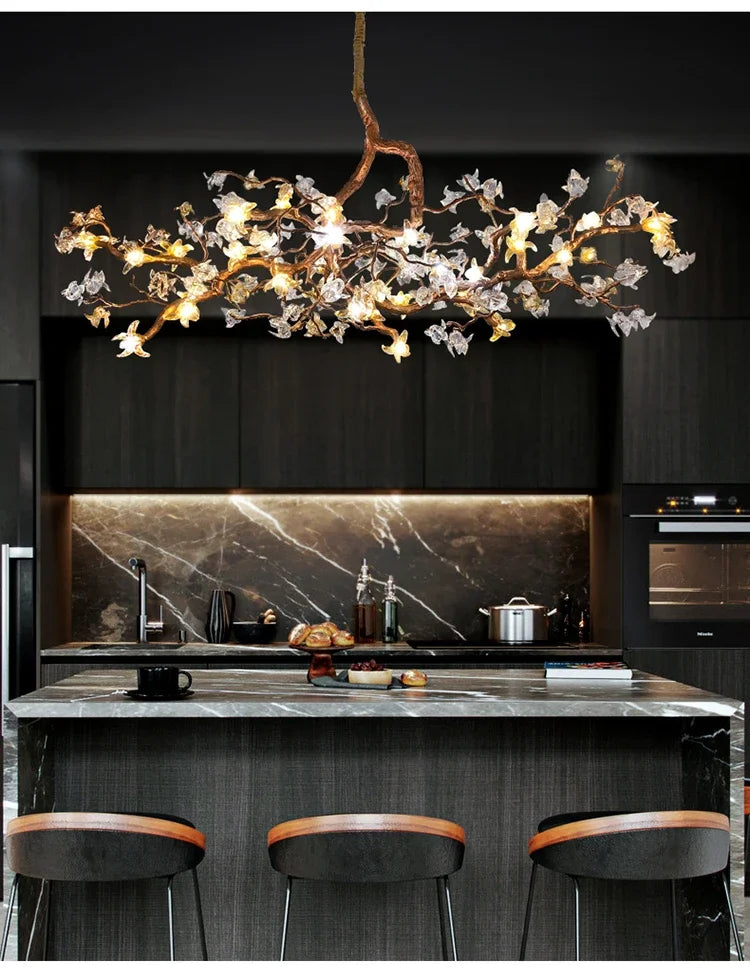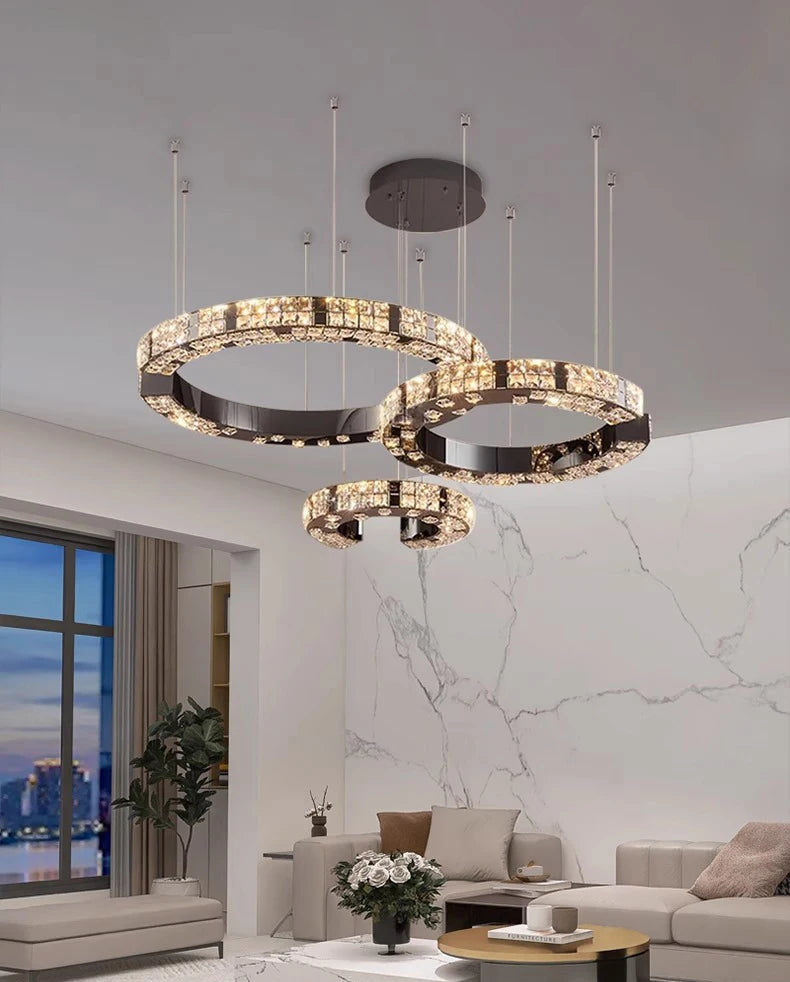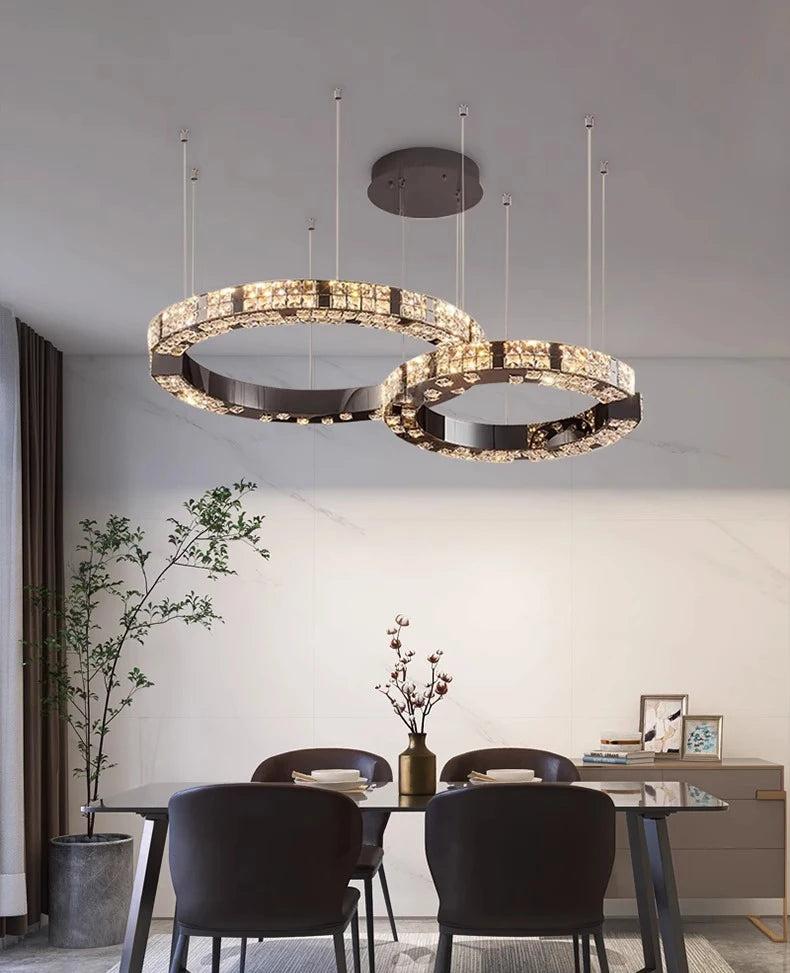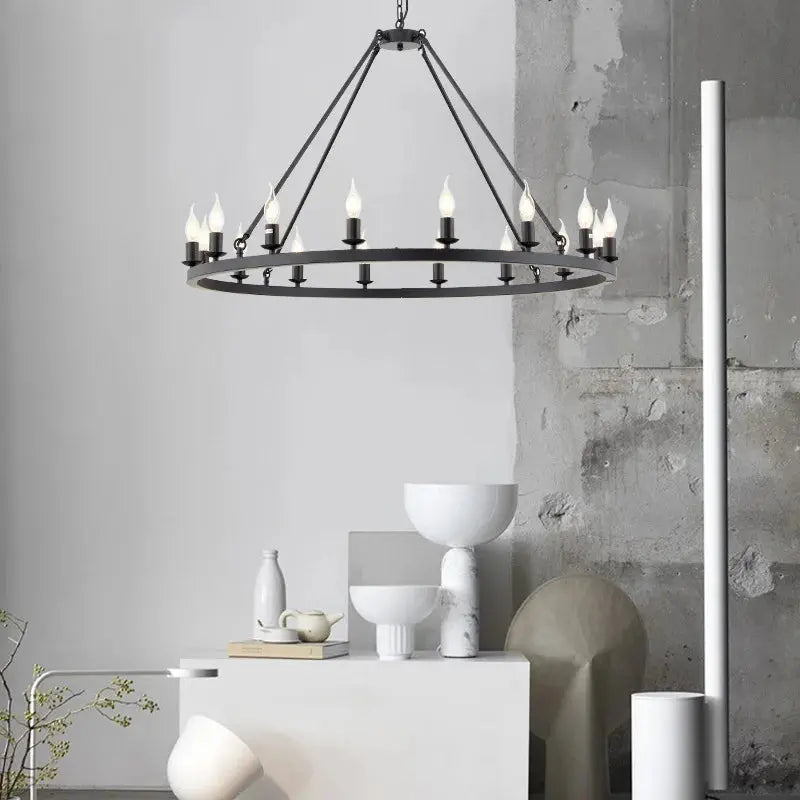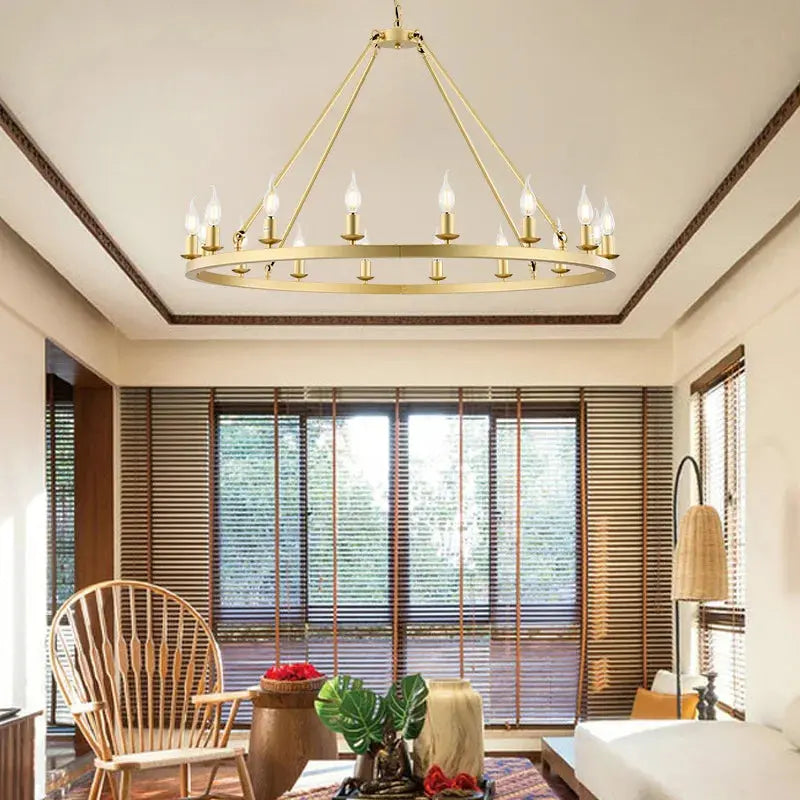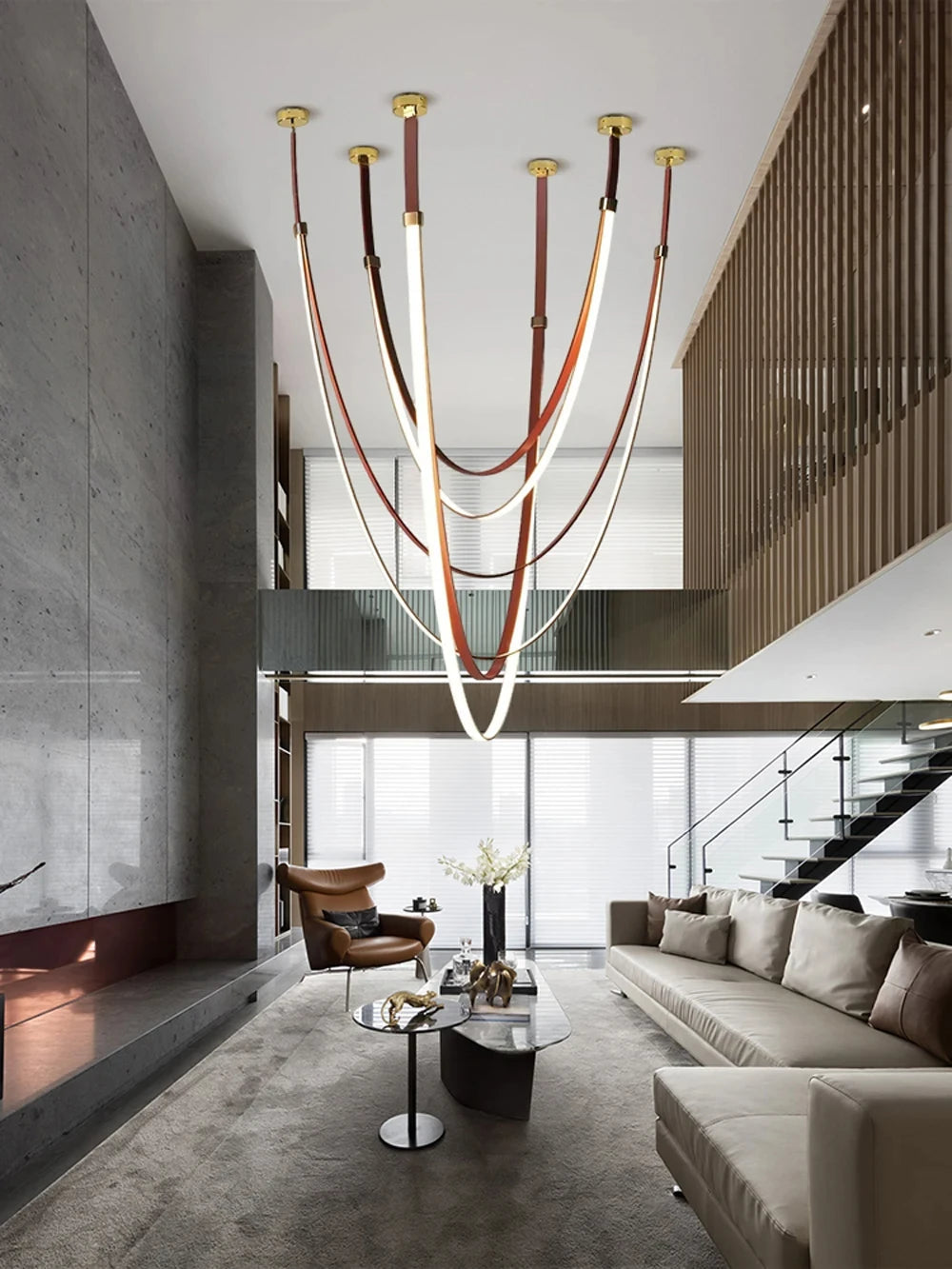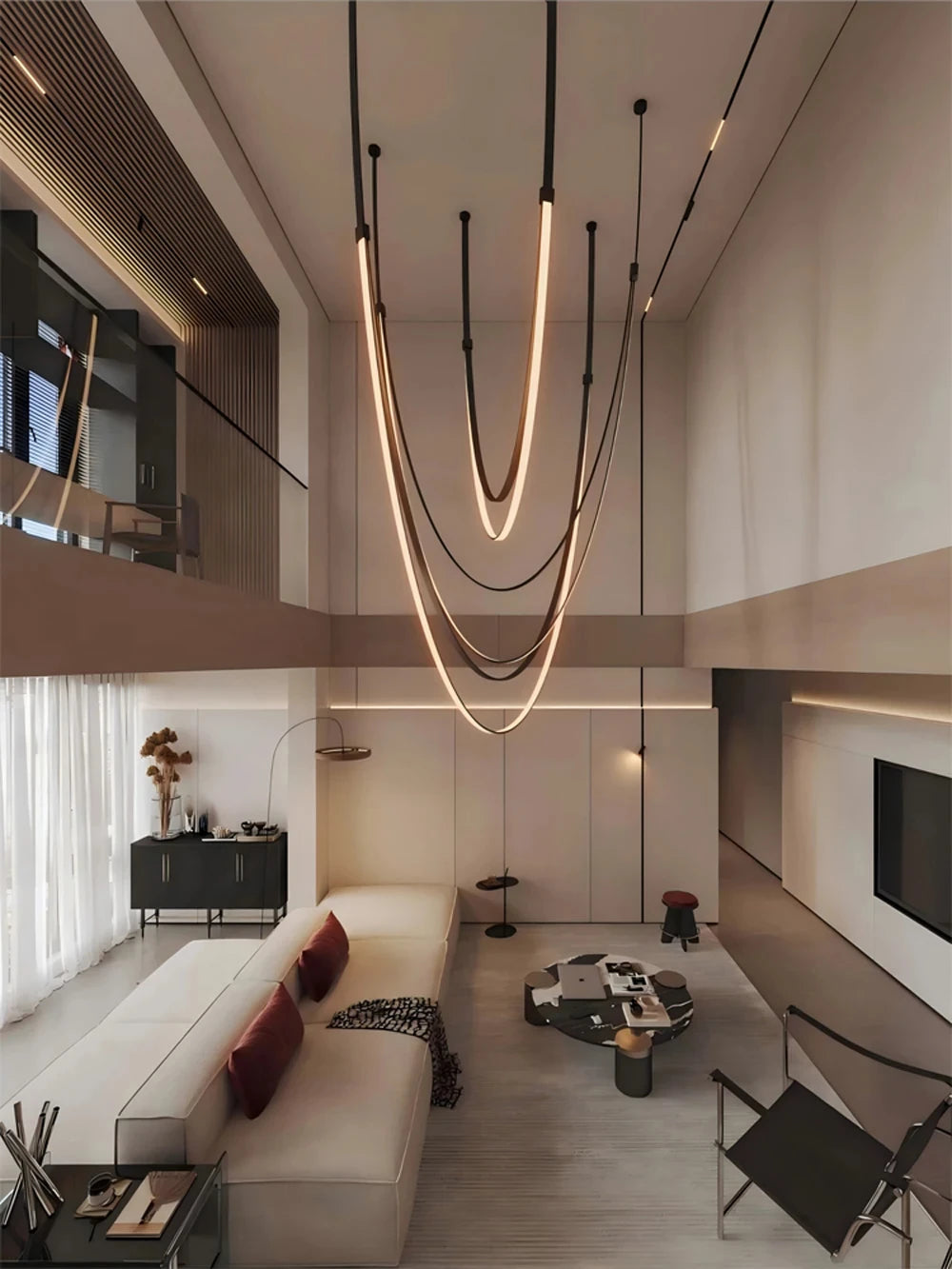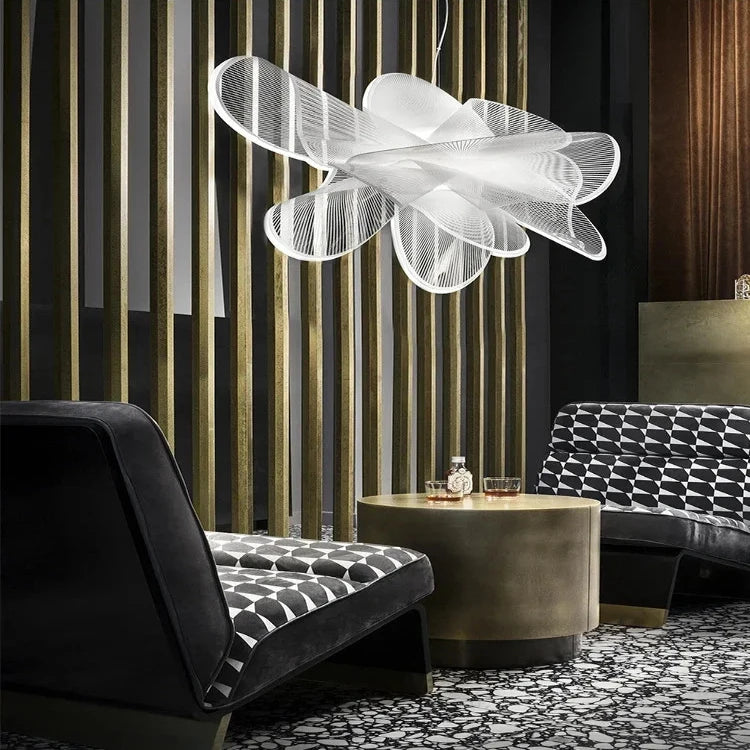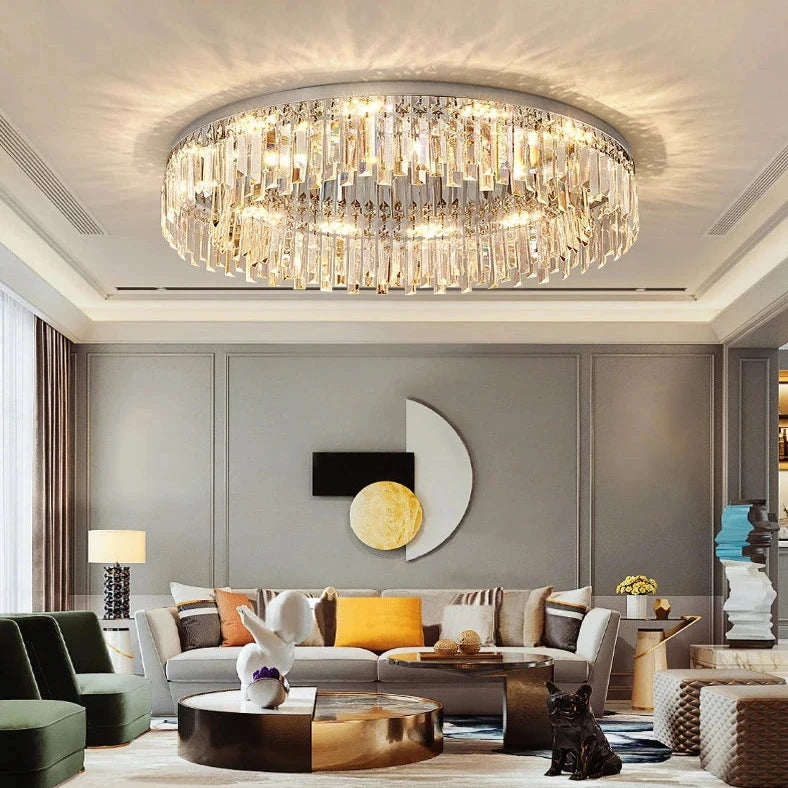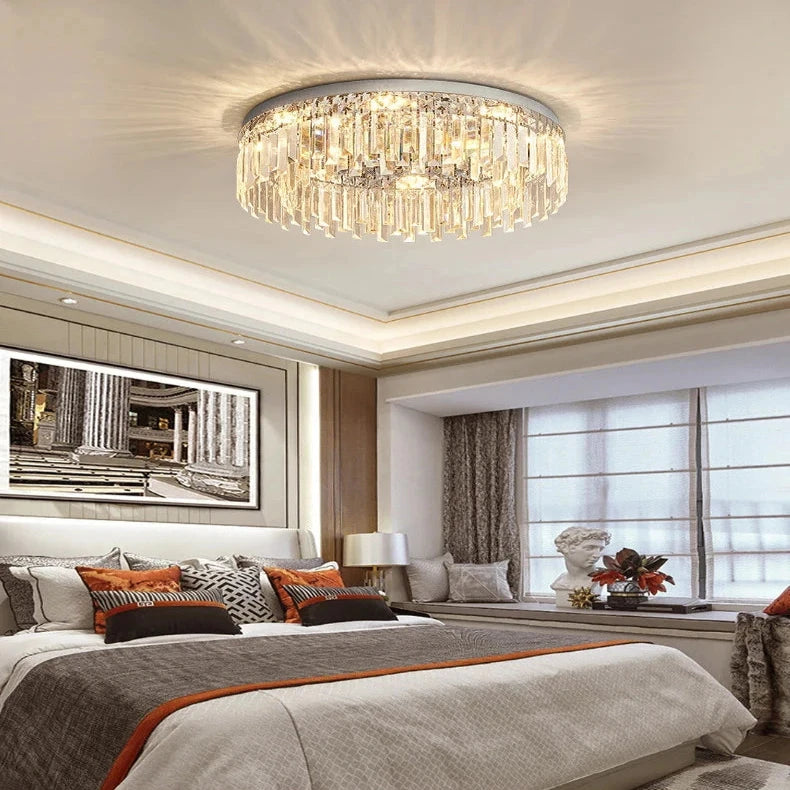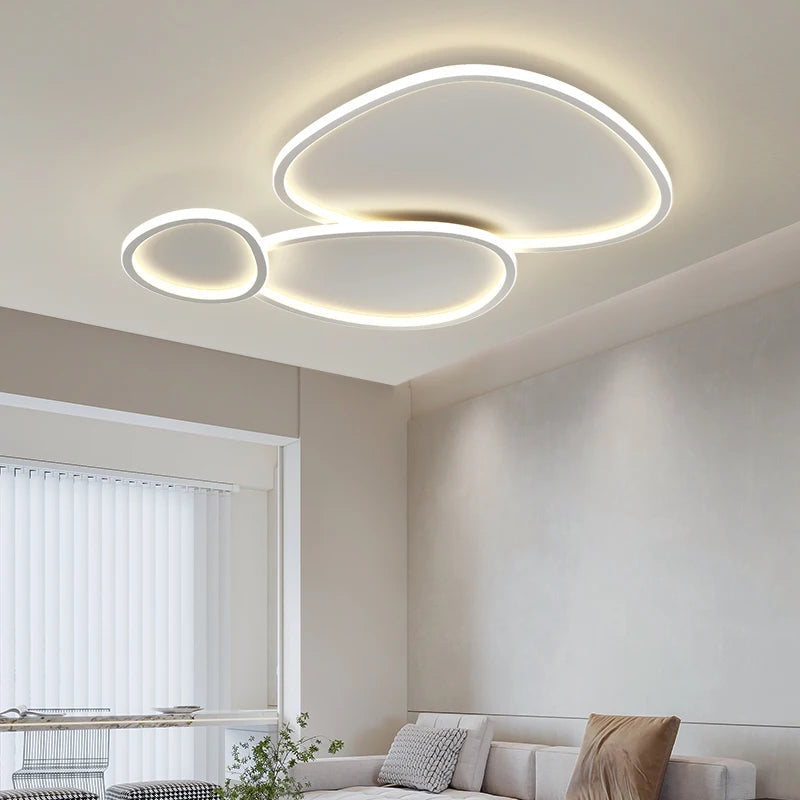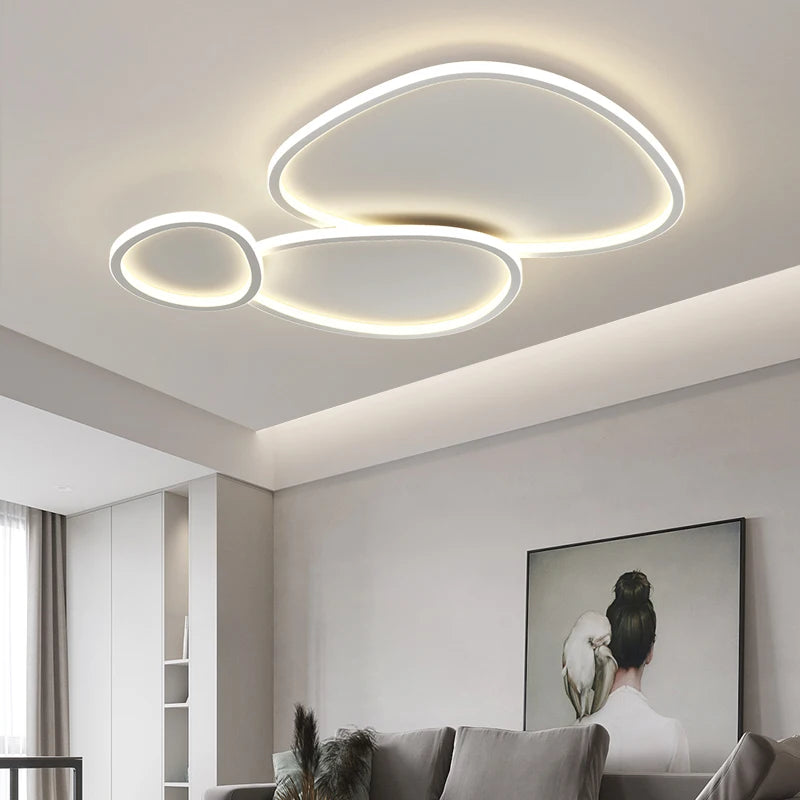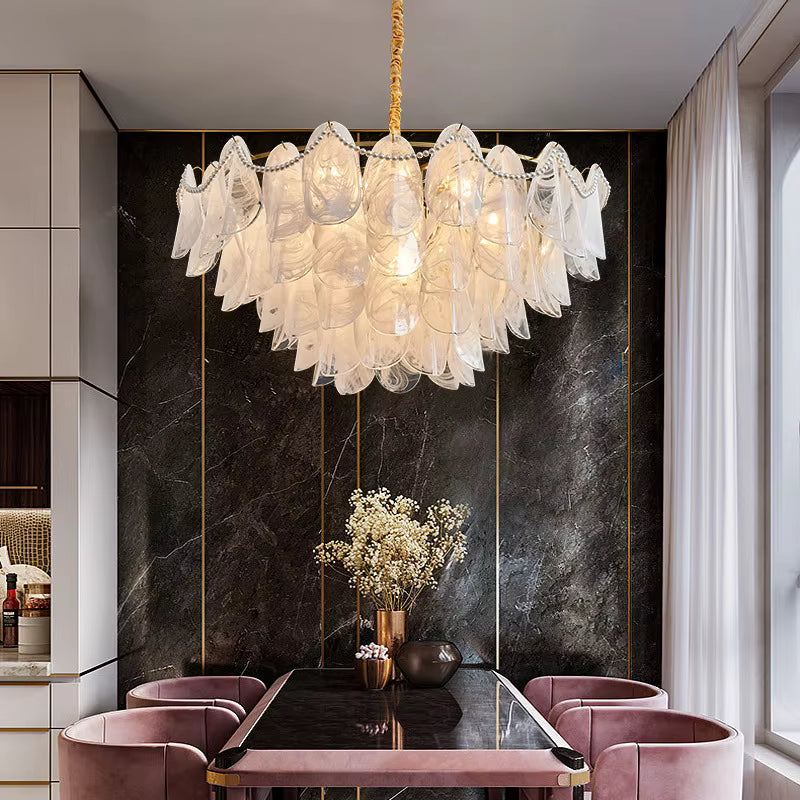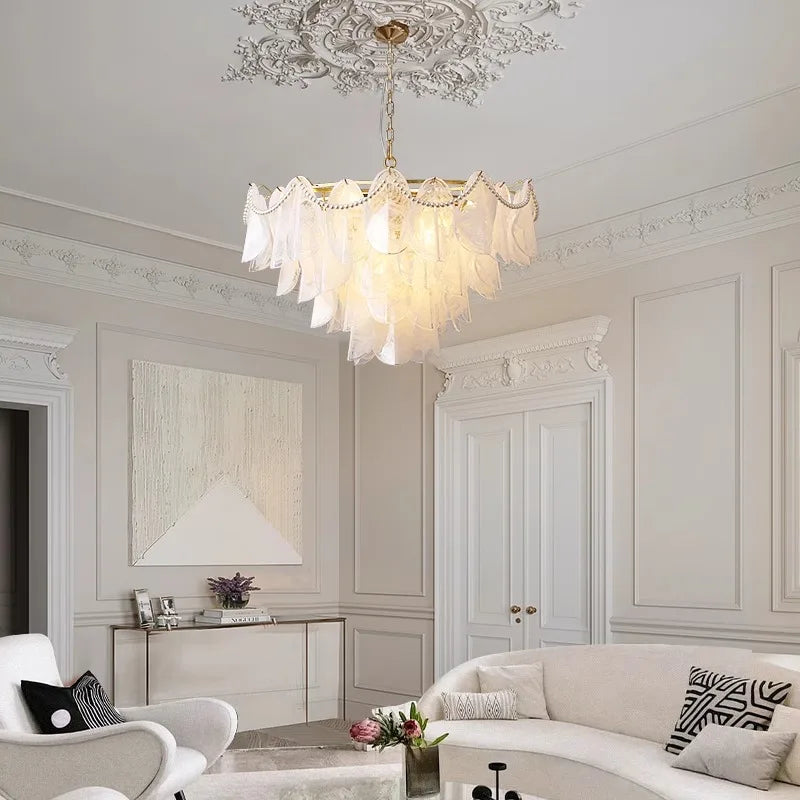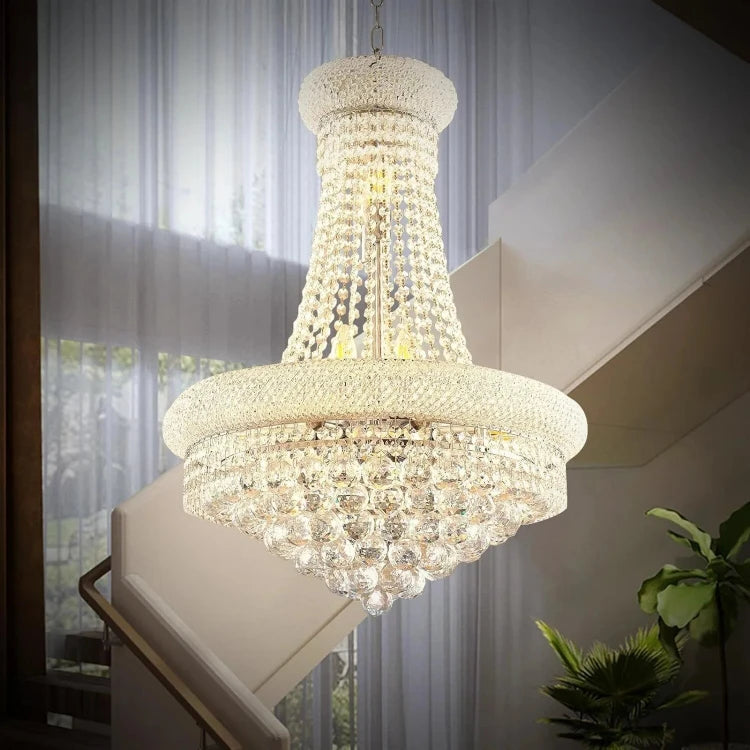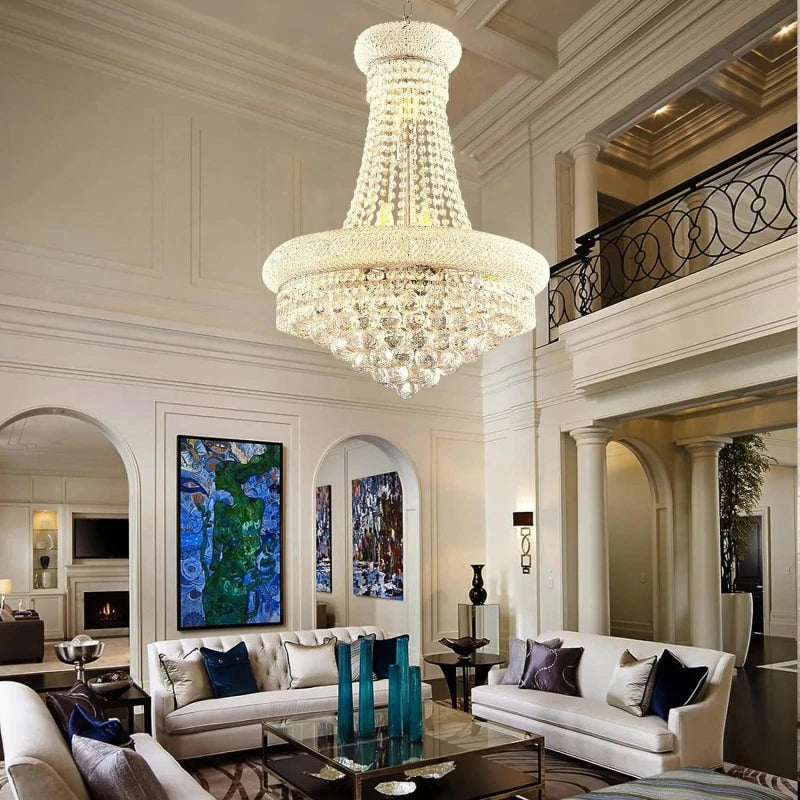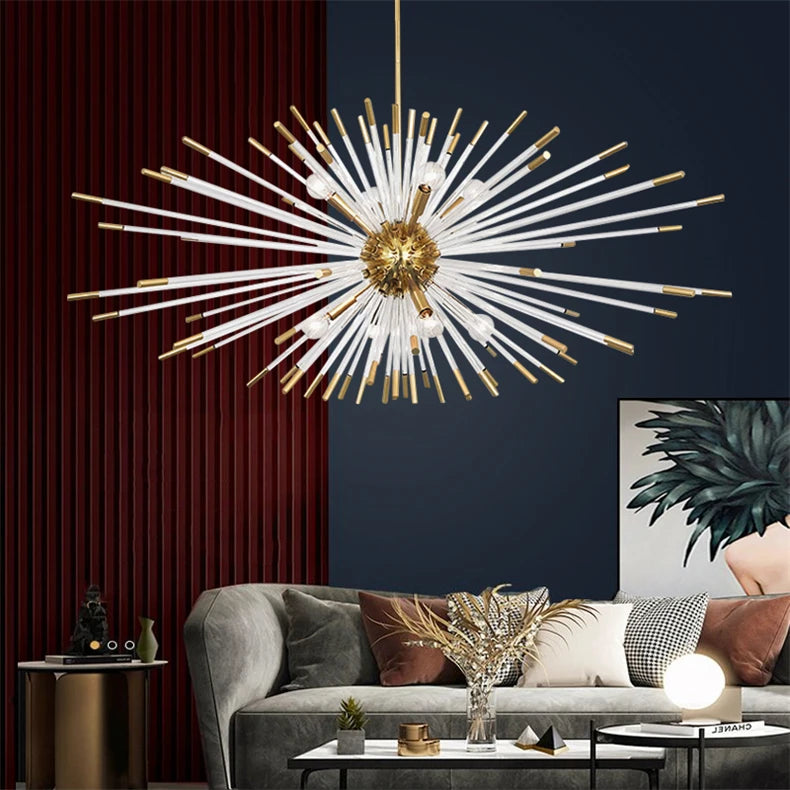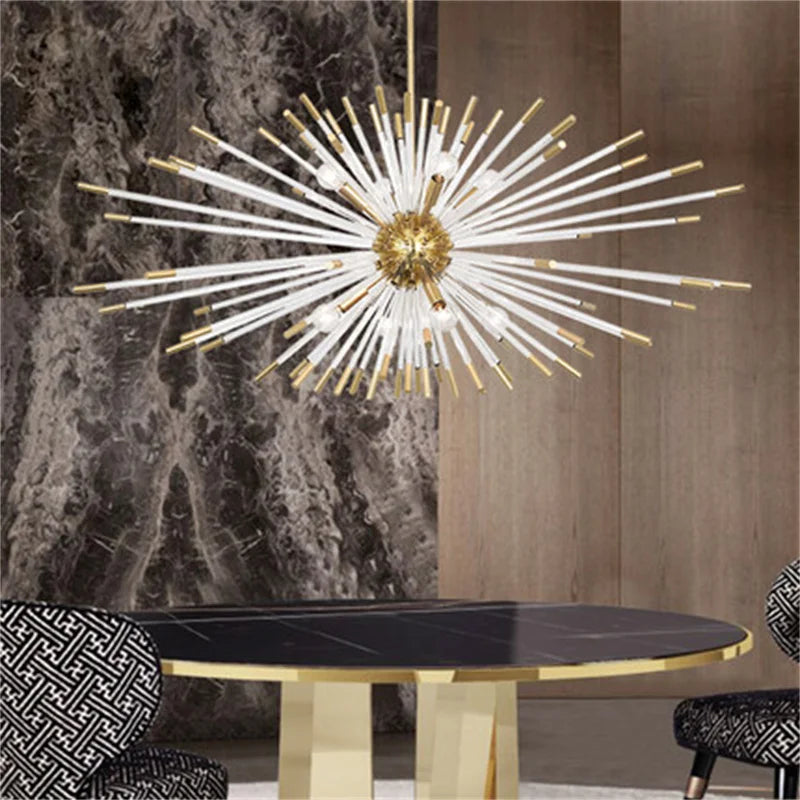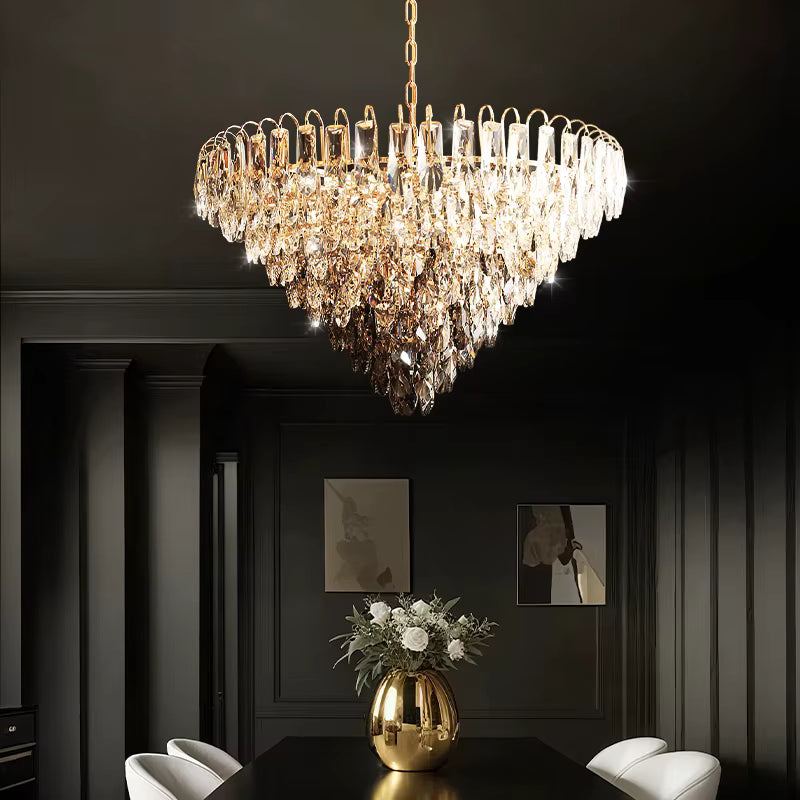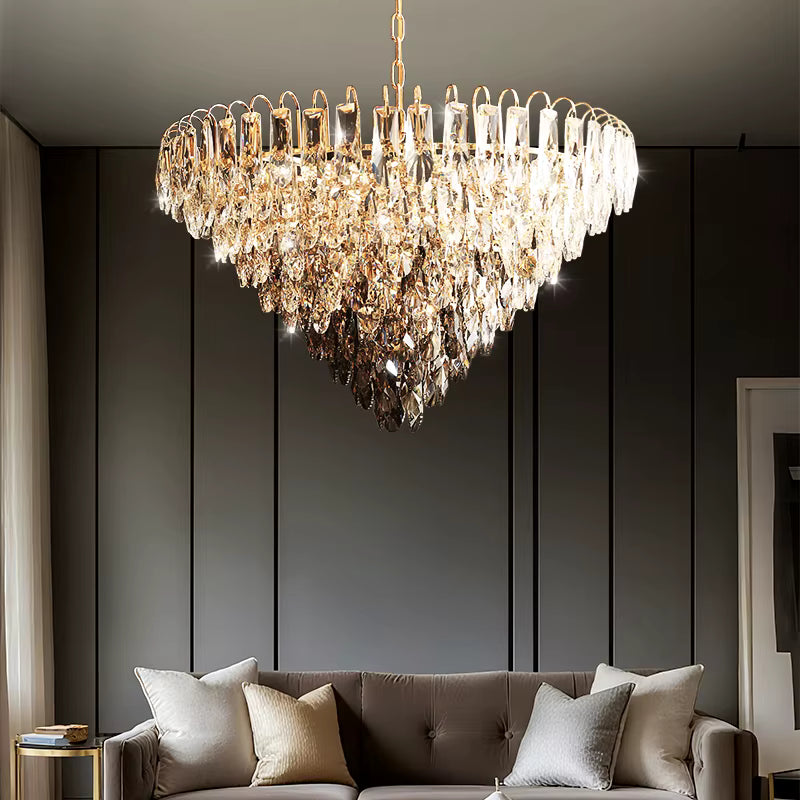HOW TO PLAN BEDROOM LIGHTING
Begin with the mood you want at night: calm, low-glare light that still feels practical for reading or getting ready. Build three layers—an ambient source for the whole room, focused task light by the bed, and soft accents to lift dark corners—so brightness is even without harsh spots.
Main fixture: In most rooms a low-profile piece from our ceiling lights delivers comfortable, general illumination without eating up headroom. If you prefer a focal point, a compact design from chandeliers creates presence above the bed or seating area while staying out of sightlines.
Bedside tasks: Wall-mounted options free up nightstand space and keep beam spread controlled. Aim to center shades near eye level when seated and use dimmers for late-night scenes. Explore wall lights for shaded, directional, or up/down styles that reduce glare on screens and mirrors.
Scale & height: For pieces over furniture, size to roughly 1/2–2/3 the width of the surface below and maintain clean sightlines across the room. Keep about 7 ft of clearance anywhere people walk. If you’re weighing a chandelier over the bed, see our bedroom size guide for quick math and examples.
Color & control: Use 2700–3000K for a relaxed feel; step up to 3500K if you want a crisper morning look. Pair integrated or bulb-based LEDs with a compatible dimmer or 3-way switching so you can glide from reading brightness to sleep mode without harsh jumps.
Quick guidelines
- Glare control: Shades, diffusers, or indirect optics are best near the bed.
- Symmetry: Match the visual weight of bedside fixtures on both sides for balance.
- Consistency: Keep one color temperature across the room for a cohesive look.
Most orders include free worldwide shipping and 20-day returns. Not sure about drop length, driver type, or placement? Contact us—our team is happy to help.

